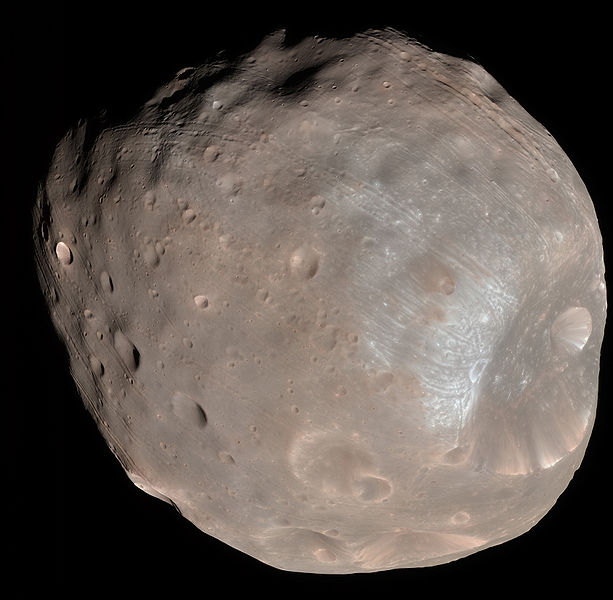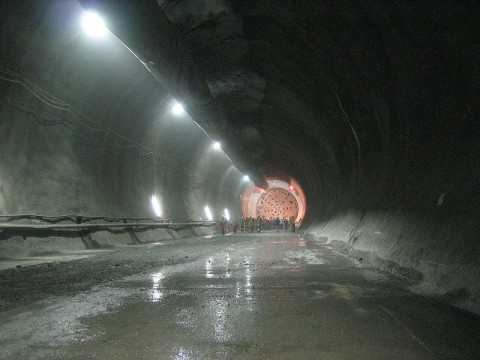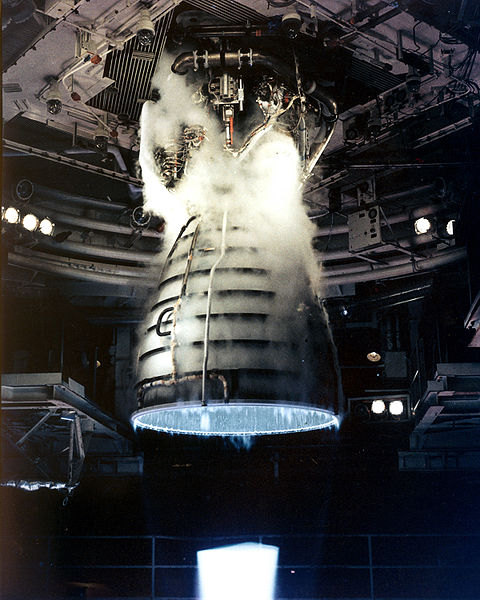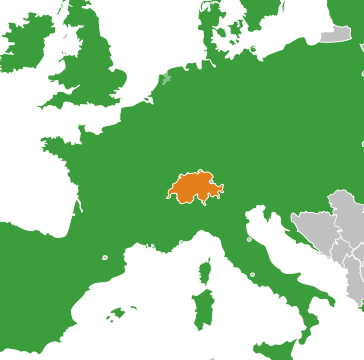Insel Schweiz
In order to outline a more effective defense against Ausländer than the Masseneinwanderungsinitiative can provide, and with a deferential nod to Randall Munroe, I decided to do some back of the napkin estimates of what it would take to make Switzerland a literal island. tl;dr: it’s probably not worth it.
The project as envisioned requires two phases: separating Switzerland from the Earth’s crust, and moving it to a point off a continental shelf somewhere where it could be an island. Separation is easy: Switzerland is good at digging tunnels, so we’ll just need to dig down to the right depth then dig a tunnel from France to Austria that’s three degrees of latitude wide and six degrees of longitude long. Given that we’re unlikely to be able to negotiate transit rights with the European Union to move the separated mass over its territory as part of this project, I’ve decided that the best way to do the actual moving is ballistic: sticking rockets in the tunnels and imparting about 2.3 km/s of delta-v — what it took to get the Mercury-Redstone missions into the middle of the Atlantic — to the mass.
We have to make a few assumptions here. First, let’s presume that the crust of Switzerland has an average depth of 1km (less in the flatland, more in the mountains), and that we want to move the entire country and not just the bits where people live, work, and complain about insufficient space in the commuter trains (after all what is Switzerland without its Alps?). Since we’re guessing, let’s also presume the crust has the approximate density of granite. Overjoyed that I’d finally found a use for Wolfram Alpha, I plugged in these assumptions and came up with a mass to move of 1.073 x 1017 kg. To put this into terms almost nobody will intuitively understand, this is 10 times the mass of Mars' larger moon Phobos.

Further down the rabbit hole of dodgy assumptions, let’s take the figure of 1010 CHF for the cost of the Gotthard Base Tunnel and reason rather implausibly that all the various technology we’ll need to prepare Switzerland for a ballistic launch in the tunnels we need to build will replace all the rails and signaling equipment that we don’t. 1010 CHF bought us about 5 x 106 m2 of tunnel, for a cost of 2 kCHF per m2. So given that we need tunnels under the entire area of Switzerland, we’ll need to budget 82.5 trillion CHF for tunneling and technical work for the separation part of this project. This works out to about 145 years of nominal 2012 GDP, or 16 times the assets under management in Switzerland’s financial sector. Compared to phase two of this project, this actually seems realistically doable.

And now for phase two. We’ll want liquid-fueled rockets, since we’ll need differential thrust to control something as big as Switzerland through its ballistic path. I’ll ignore possible advances in rocket technology that will happen over the century of tunneling and note that we haven’t managed yet to do better than the RS-25 SSME in terms of efficiency in cryogenic liquid fueled rocket engines: it develops 1.8 x 106 N of thrust with a specific impulse of 366 seconds at sea level.

To counteract the force of gravity on our newly-separated Switzerland (let’s say 1.05 x 1018 N), we need 600 billion RS-25s. To get the thrust to weight ratio up to a reasonable 1.5, we’ll need to order 300 billion more, and since we’re placing such a large order anyway let’s go ahead and up it to a trillion to make the math work out easier. At $40 million a pop, this would work out to $40 quintillion. I’m going to assume we can work out some sort of volume discount and cost savings based on the fact we’ll only need them to start once, and that for such a large order the nice folks at Rocketdyne will throw in installation labor for free, so let’s budget $20 quintillion (18.5 quintillion CHF, or about enough cash to tunnel under 225,000 Switzerlands, though I’m guessing that forex trading of that volume will distort the market somewhat.) At this point we can hide the tunneling budget in the accounting errors of the rocket budget.
Now we have to turn our Raketenschweiz into Inselschweiz, which is where Tsiolkovsky will have his way with us. To calculate the total mass of LH2 and LOX we’ll need to get our Switzerland up to 2.3 km/s, we take a conservative estimate of 390 s specific impulse over the path and solve for:
Assuming we’re dealing mainly with 16O and 1H here, we’ll need 7.878 x 1016 kg of oxygen and 9.84 x 1015 kg of hydrogen. We can readily extract this from the oceans, which have approximately 1.189 x 1021 kg and 1.487 x 1020 kg of each, respectively. Indeed, the draining of the oceans needed to make the fuel would only reduce sea level by about 24 cm. Electrolyzing that much water, though, will take 1.166 x 1024 J, which we can get by burning all the fossil fuel on Earth, followed by the all the fossil fuel on the next 29 Earths we happen to come across.
We are therefore sadly forced to conclude that, however difficult it may seem, Switzerland must find a nuanced political rather than a brute-force physical solution to the fact that it is surrounded by Europe.
Update: In an earlier version of this post, I forgot gravity, which led to the result that we needed an order of magnitude more oxygen than available in the atmosphere to manufacture the fuel. The right numbers make this a slightly less impossible project, but still an astonishingly expensive one. I stand by the original conclusion that it’s probably easier to leave Switzerland where it is.

